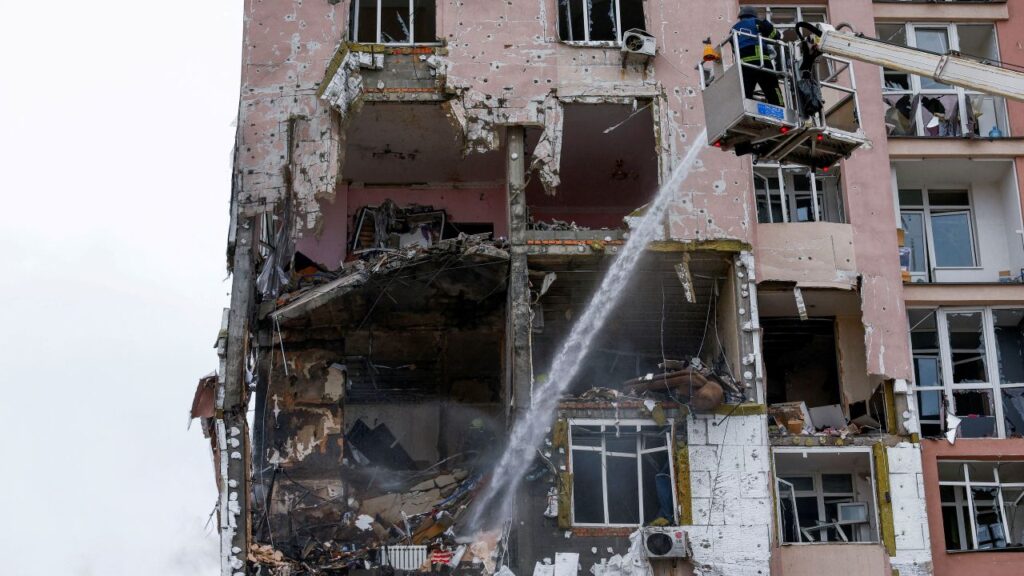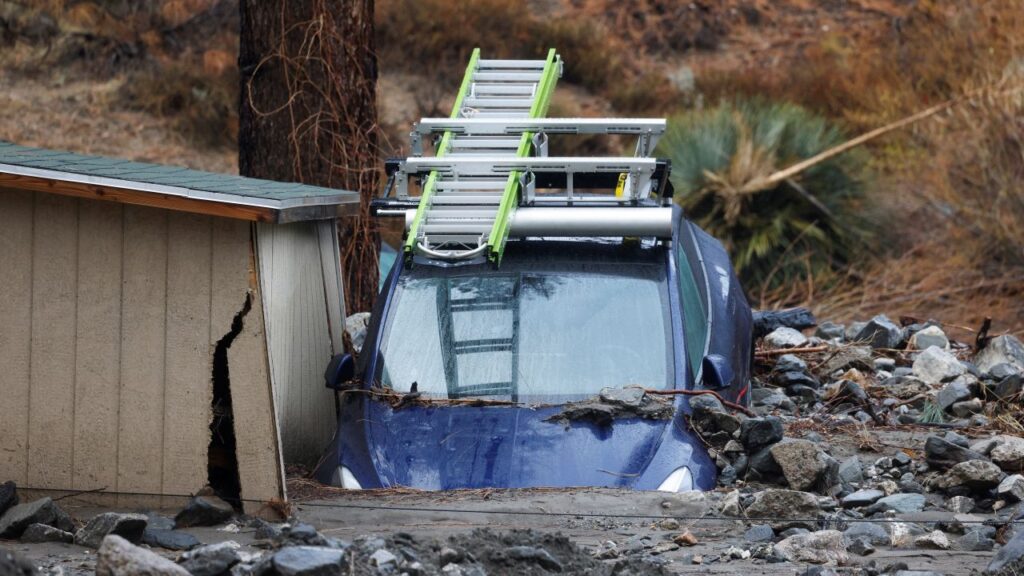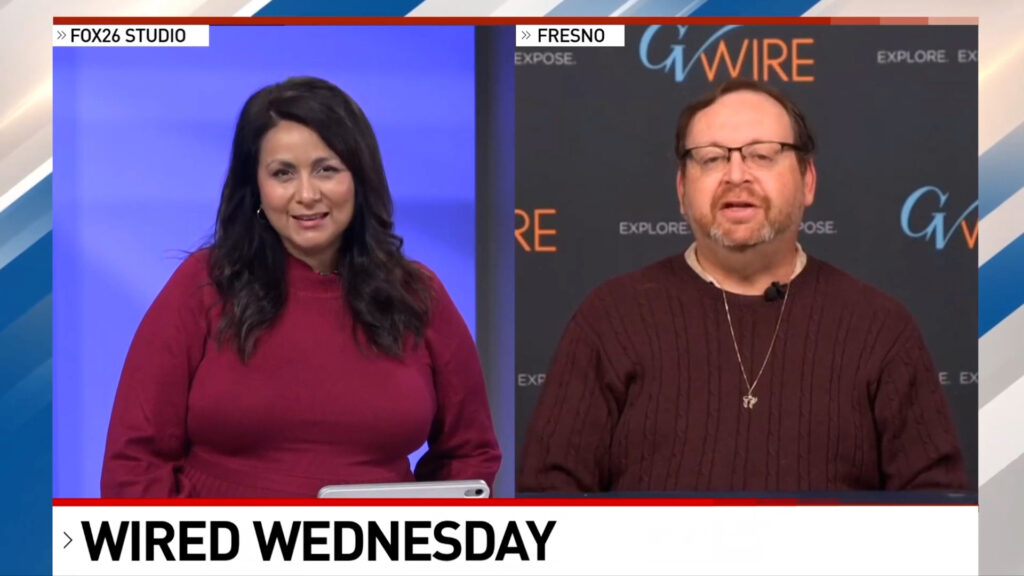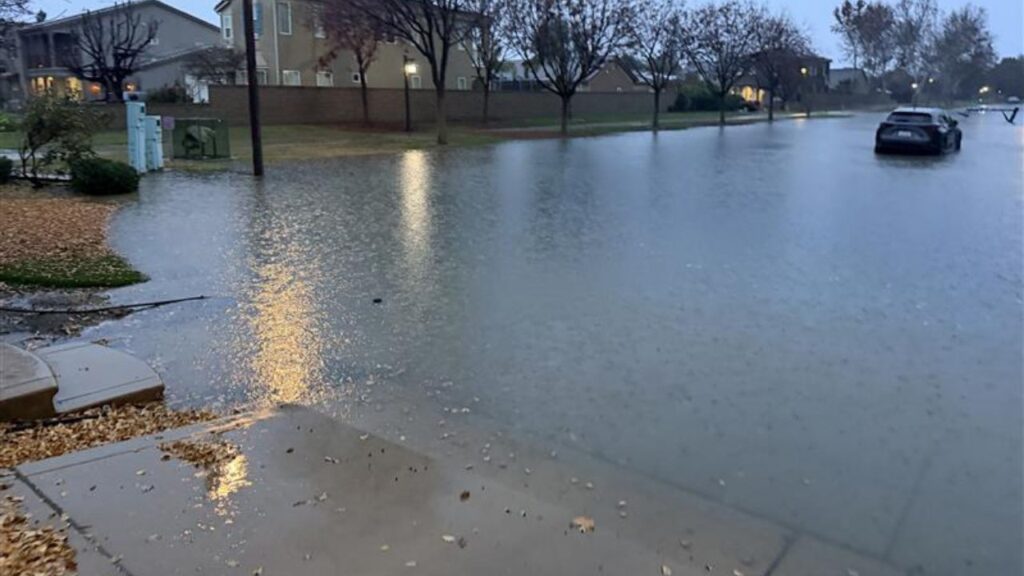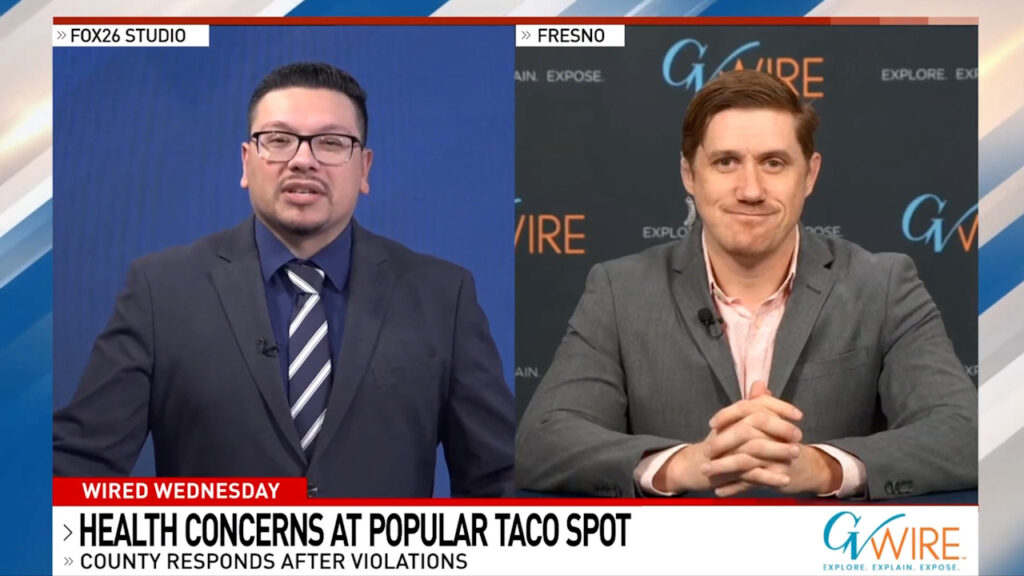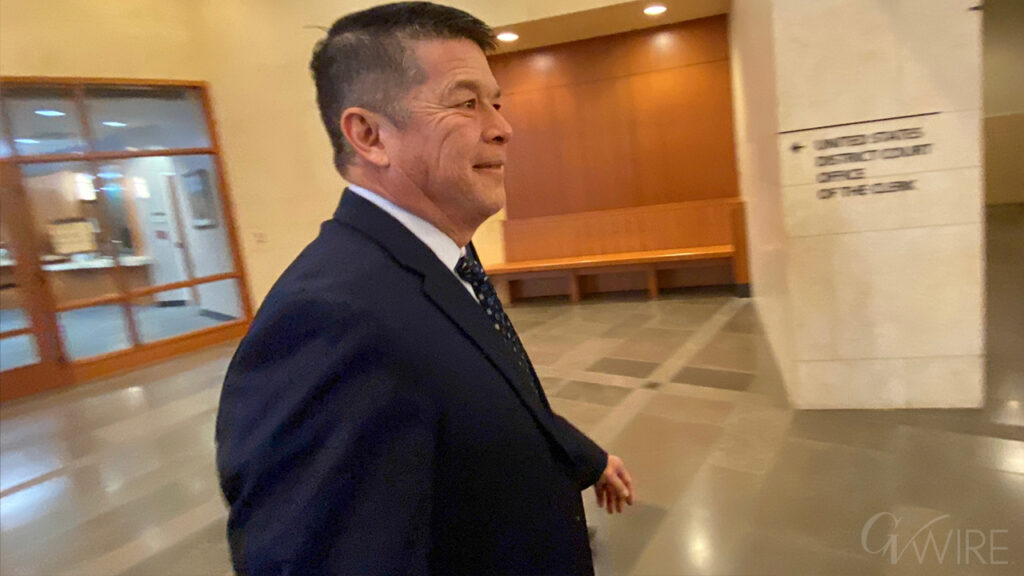Share
As more California public schools get set to reopen their campuses to students and teachers with a rhythm unseen in previous months, the pool of schools that have reopened so far have largely avoided triggering coronavirus outbreaks.
Most of the school districts in the state that have physically reopened have implemented hybrid schedules where kids split time learning in classrooms and remotely from home. Several others have transitioned or plan to transition to in-person learning in phases, beginning with younger students. Both are measures that public-health experts say help reduce the spread of the virus.
Data on the progress of school reopenings in California is limited, making it difficult to draw definitive conclusions on how they are faring. But at a recent legislative hearing in Sacramento, one of the state’s top public-health leaders said it’s “encouraging” that school reopenings as of Oct. 25 have resulted in only two outbreaks — defined as three or more linked positive cases — which combined led to 17 cases. Officials did not say where in the state the two outbreaks occurred.
It is near-impossible to determine how many of the state’s 6.1 million K-12 students are currently learning in person. The state does not require schools to report whether they are offering in-person instruction. And though the state is tracking outbreaks in schools, it is one of only 11 states that has not published data on school-related cases, according to the New York Times.
In an effort to illustrate how school reopenings have taken shape across California, which educates the most K-12 public-school students in the nation, CalMatters reporters surveyed public health and education officials from all 58 counties.
Though counties’ responses to CalMatters’ survey varied, and schools in several of them remain restricted by the state from full-scale campus reopenings, some of the main findings include:
- At least 40 counties have some public school students back in the classroom.
- Though many counties have seen students or school staff test positive, only one — El Dorado — reported documented school-based transmission, with others noting the difficulty in tracing the source of cases to schools without an outbreak.
- Only one county — Shasta — reported that a school in its jurisdiction had closed because the school’s positivity rate surpassed the 5% threshold that, under state rules, mandates temporary closure. That campus, whose name officials did not release, has about 60 students and was the only such example in the state CalMatters could identify.
- Routine surveillance testing among students and staff in reopened schools remains minimal and, in some cases, nonexistent. While some schools have sought out private vendors or universities to secure more frequent testing for staff, schools in some counties have reopened campuses with no surveillance testing at all.
In California, public and private schools can offer in-person instruction if their counties are outside the state’s most restrictive tier, color-coded purple. Schools in purple counties can still reopen campuses for students in kindergarten through sixth grade if they get approved by county and state public-health officials for a waiver.
Most of the state’s largest 25 school districts, which account for 1.8 million students, remain in remote learning. Private schools make up an overwhelming share of the approved elementary waivers. In some counties, such as Sacramento and Riverside, private schools are the only campuses open for in-person instruction, raising equity concerns among some state legislators.
Across the state, schools are grappling with how often they should and can afford to test employees. They’re evaluating what to do in the event of precautionary quarantines. And they’re wondering whether there’s enough collective personal responsibility among parents, educators and their communities to limit social interactions outside of school that could result in outbreaks within them.
‘It Can Be Done’
Liz Duffield’s family tried to talk her out of returning to campus when she agreed to teach summer school in person to her group of kindergarten students with special needs. The June night before her return to the classroom, she laid in bed, anxious. She kept thinking to herself, “What have I signed up for?”
Since then, Duffield has found her students have responded well to the new realities of socially distant classrooms and that parents have been vigilant about mitigating risks and keeping their kids home if they exhibit any symptoms. The Marin County Office of Education, she said, has equipped her and other teachers with ample supplies of protective equipment and cleaning supplies. Stringent safety protocols developed with county public health experts have helped, she added.
Duffield seldom goes out to public spaces or gatherings where she risks getting the virus and bringing it to school. Parents, teachers and the community at large, she said, all shoulder personal responsibilities to ensure in-person learning can be safely sustained.
“I think if teachers are given the tools that they need to keep kids safe and themselves safe, it can be done,” Duffield said. “It can totally be done. I’m grateful I’m able to be back.”

Though most counties have reported several positive cases among students and school staff, very few have documented school-based transmission, according to responses to questions from CalMatters. El Dorado County, where some small districts began the school year in hybrid learning, has documented two cases of school-based transmission thus far, according to Carla Hass, the county’s director of communications and outreach.
In the Central Valley county of Stanislaus, campuses that have reopened have not resulted in any outbreaks so far, according to county spokesperson Kamlesh Kaur. In San Bernardino County, only one school to date has reported three or more positive cases, but they were determined to not be epidemiologically linked and acquired separately outside the school, according to county health spokesperson Lana Culp.
Many schools are operating with much higher precautions, with even one positive case resulting in a cohort or school’s closure.
In San Diego County’s Vista Unified School District, the school board decided Oct. 27 to temporarily close a high school with two positive cases in part because the district ran the risk of not having enough substitutes to sustain in-person classes after some teachers and students were asked to quarantine. Far fewer substitutes are responding to calls than previous years, the district said.
Shasta County, where at least five schools have temporarily closed due to positive cases, has also struggled with staffing, according to Judy Flores, superintendent of the Shasta County Office of Education. While only one of the schools needed to close due to state rules, the others physically closed for two weeks in part because they couldn’t find enough substitutes to sustain in-person instruction while educators quarantined.
“They don’t have staff in order to backfill positions,” Flores said.
David Eisenberg, a science teacher at Los Alamitos High School in Orange County, where classes resumed in-person in late September, said reopenings have thus far been rewarding, but hectic.
Los Alamitos teachers threatened a strike before the school year over health and safety measures they felt the district “rushed,” but Eisenberg, the union’s high school director, said no teachers have tested positive so far. Still, they know that they are still operating with little margin for error.
“We’re only one mistake away from having the school be a hotspot for spreading it,” Eisenberg said. “We’re all happy that everyone is being safe and that the numbers are low, but we’re also holding our breath.”
The Testing Issue
Perhaps one of the most vexing questions local school districts have had trouble solving is just how often to test employees for the virus, and how to pay for it. Many teachers, administrators and lawmakers say more testing and contact tracing are critical to ensuring students and staff are kept safe from the virus’ spread.
The state’s July guidance said school employees should be tested once every two months and did not address testing students.
Some school systems, such as Los Angeles Unified, the state’s largest, have announced ambitious efforts to routinely test staff and students, while others have moved forward in reopening campuses with limited testing bandwidth.
In the small county of Glenn, where some elementary schools have reopened through waivers, county superintendent Tracey J. Quarne said he’s not aware of any cases of school-site transmission, though it’s difficult to say with certainty under the state’s recommended testing regime.
“Well for god sakes, why bother?” said Quarne, who has encouraged educators to get tested at public sites once per week. “If you come back negative, it’s 60 days before you’re going to test again. Good heavens, that’s not even reasonable.”
San Mateo County Health is recommending that school districts test staff at least once a month, making it the only county to suggest additional testing beyond the state’s guidance. If districts cannot find a private provider, they can piggyback on a county contract with a testing provider or rely on the county testing system, according to Nancy Magee, superintendent of the San Mateo County Office of Education.
San Diego County was the only county to tell CalMatters it had an option for students to receive testing, though it is not requiring students get tested: It has dedicated four of its county testing sites to students and school staff.
Because the state guidance is only a recommendation, schools can reopen with no routine testing of either staff or students. All but one of Calaveras County’s 19 schools are open, but none are conducting routine testing, according to county superintendent Scott Nanik. Testing is available for symptomatic individuals.
Barriers to setting up a robust surveillance testing program include test availability and cost. Some districts have found a solution in partnering with local labs or universities.
Under a testing partnership with Stanford University, Palo Alto Unified is testing teachers who are instructing students in person every two weeks, said superintendent Don Austin.
Austin, who sits on the state’s testing task force, said part of a forthcoming update of the state’s July guidelines involves targeting school districts in areas with limited testing options. Some districts planning to reopen do not have public testing sites in their boundaries.
“Not everybody is across the street from Stanford and has an option,” Austin said.
In addition to availability, some COVID-19 tests cost upwards of $150 each, making a regular testing program cost-prohibitive for some districts.
State officials have said that the state is increasing testing availability for schools, especially with a recent agreement to receive nearly 12 million tests from the federal government and the opening of a state lab run by PerkinElmer that will be able to process 150,000 tests per day.
Schools Lack Guidance
Some state lawmakers say that a lack of clear data and guidance from the state may be holding back other districts from reopening.
Assemblymember Lorena Gonzalez, a San Diego Democrat, said the Department of Health’s figures on two school outbreaks totaling 17 students need to be put into context with the number of schools that have reopened, which the state is not tracking.
“When we’re working with a number like 17, well that sounds great, but we don’t know 17 out of how many,” she said. “Data becomes useless if we can’t put it into some comparison.”

Assemblymember Phil Ting said the Department of Health needs to update its guidance on routine testing as soon as possible.
“This testing issue is central to every bargaining discussion, up and down the state,” said Ting, a San Francisco Democrat who chairs the Assembly budget committee.
“We’re in the middle of the school year,” Ting told Dr. Erica Pan, acting public health officer for the California Department of Public Health. “If you don’t come out with testing protocols for our state, it puts our districts in a very tough position.”
The state guidance on COVID-19 testing for school reopenings was last updated July 17. Pan said the state’s testing task force is working to update those guidelines, but did not offer a timeline despite Ting’s repeated questioning.
Ting and Gonzalez said the lack of testing guidance could exacerbate inequality between public and private schools, the latter of which may not need assistance for a testing program from the state.
Bill Simmons, president of the San Juan Teachers Association in Sacramento County, testified in the hearing that his district set dates to reopen in-person instruction in January, but, without more specific guidance from the state, the union hasn’t been able to negotiate testing protocols for staff.
Simmons said it was “a little ironic” that he was testifying before the committee virtually from a room in the Capitol basement, while teachers were being asked to teach in classrooms with potentially dozens of students.
“I mean, if you can’t have me in the same room with your committee of five people, why would you think that you should be able to bring students back into a classroom?” he said.
Some experts say the go-it-alone approach from state and federal governments has hampered local efforts to reopen campuses.
Dan Cooper, a UC Irvine pediatrician who is studying transmission of the virus among children, has advocated for school reopenings under stringent health and safety measures. Prolonged campus closures have risked children’s physical and mental well-being, Cooper said.
But missing from the reopening puzzle local districts are trying to answer, Cooper said, has been the sort of meaningful coordination between state and federal governments, public health experts, teachers, parents and school leaders necessary for returning to in-person instruction.
“We did not as a society put together a plan to monitor the schools, to monitor the teachers, to make sure that the schools had decent plans, that they were resourced to do it,” Cooper said. “And I’ve got to tell you, it breaks my heart.”
By Ricardo Cano and James Bikales
About the Authors
Ricardo Cano covers California education for CalMatters. Cano joined CalMatters in September 2018 from The Arizona Republic and azcentral.com, where he spent three years as the education reporter. James is a health intern at CalMatters. He is a junior at Harvard University studying government and East Asian Studies. Prior to joining CalMatters, James was an intern on The Hill’s healthcare team.










